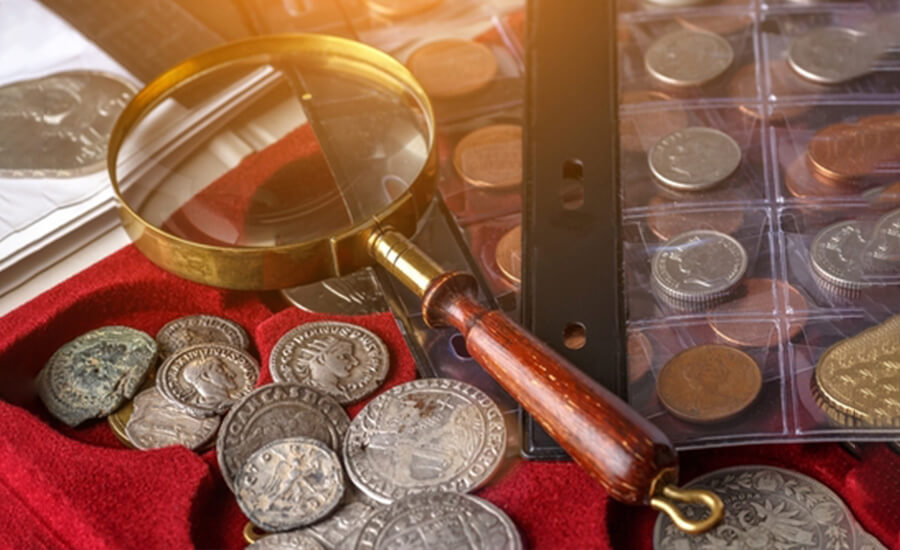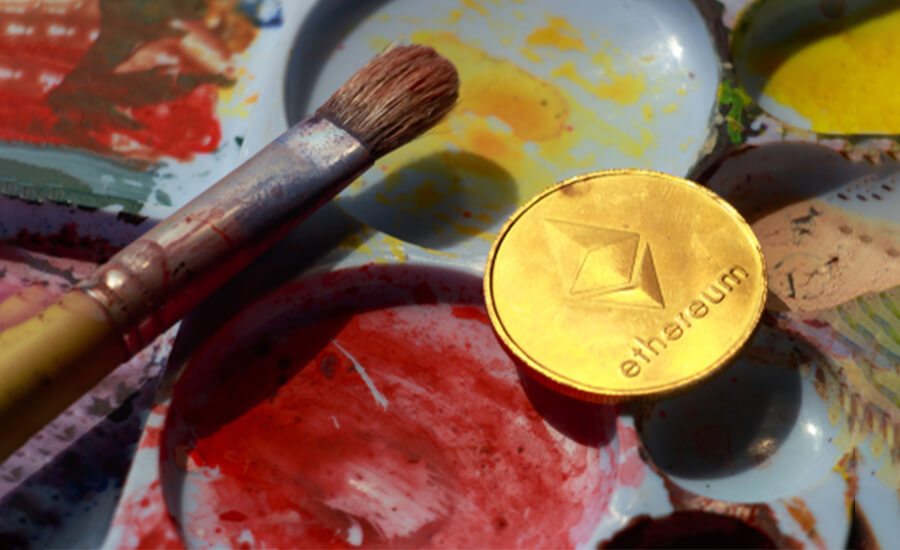When it comes to investing, many people think of traditional asset classes like stocks and bonds. However, there is a world of alternative investments that can provide diversification and potential returns outside of the traditional market. One such alternative is art. In this blog post, we will explore the world of art investment and discuss other alternative investment options that can add depth to your portfolio.
Investing in Art
Art has long been recognized as a tangible and valuable asset class. Investing in art can offer both aesthetic pleasure and the potential for financial gain. Here are some key considerations when investing in art:
1. Do Your Research: Familiarize yourself with different art styles, artists, and art market trends. Research and study the art market to identify emerging artists or art movements that have the potential for future value appreciation.
2. Visit Galleries and Art Fairs: Attend art exhibitions, galleries, and art fairs to gain exposure to a wide range of artworks. This will help you develop an understanding of different artists’ styles, market prices, and current trends.
3. Consult Art Experts: Engaging with art consultants, curators, or advisors can provide valuable insights and guidance on building an art portfolio. They can help you navigate the complexities of the art market and make informed investment decisions.
4. Consider the Art Market: Evaluate the overall health and performance of the art market. Factors such as auction records, sales volumes, and the popularity of certain artists or art movements can provide indications of market trends.
5. Diversify Your Art Portfolio: Just like with traditional investments, diversification is key. Consider investing in artworks from different artists, mediums, and styles to spread your risk and capture potential opportunities.
6. Art Storage and Insurance: Ensure proper storage and insurance for your art collection to protect your investment. High-quality storage facilities and comprehensive insurance coverage are essential to safeguard the value of your art assets.
Other Alternative Investments
In addition to art, there are several other alternative investment options worth exploring:
1. Real Estate: Real estate has long been considered an alternative investment. Investing in properties can provide both rental income and potential capital appreciation. Real estate investment trusts (REITs) offer a way to invest in real estate without the need for direct property ownership.
2.Peer-to-Peer Lending: Peer-to-peer lending platforms connect borrowers directly with lenders, providing an opportunity to earn interest income. These platforms facilitate loans to individuals or small businesses, allowing investors to diversify their portfolios beyond traditional lending options.

3. Collectibles: Beyond art, collectibles like rare coins, stamps, vintage cars, and sports memorabilia can hold significant value. However, investing in collectibles requires expertise and thorough research to ensure you’re purchasing genuine and high-quality items.
4. Venture Capital and Angel Investing: Investing in startups and early-stage companies can be a high-risk, high-reward strategy. Venture capital funds and angel investing platforms offer opportunities to participate in the growth of innovative businesses.
5. Cryptocurrencies: Cryptocurrencies like Bitcoin and Ethereum have gained attention as alternative investments. However, they are highly volatile and require careful consideration and understanding of the underlying technology and market dynamics.
6. Commodities: Commodities like gold, silver, oil, and agricultural products offer a way to diversify your portfolio. Investing in commodities can provide a hedge against inflation and serve as a store of value during turbulent market conditions.
Exploring alternative investments can offer diversification and potential for attractive returns beyond traditional asset classes. Whether it’s art, real estate, collectibles, peer-to-peer lending, venture capital, cryptocurrencies, or commodities, alternative investments can provide unique opportunities and add depth to your investment portfolio. However, it’s crucial to conduct thorough research, seek expert advice when necessary, and carefully evaluate the risks and potential rewards associated with each alternative investment. Diversification across different asset classes and maintaining a long-term investment perspective are key to navigating the world of alternative investments successfully.
















